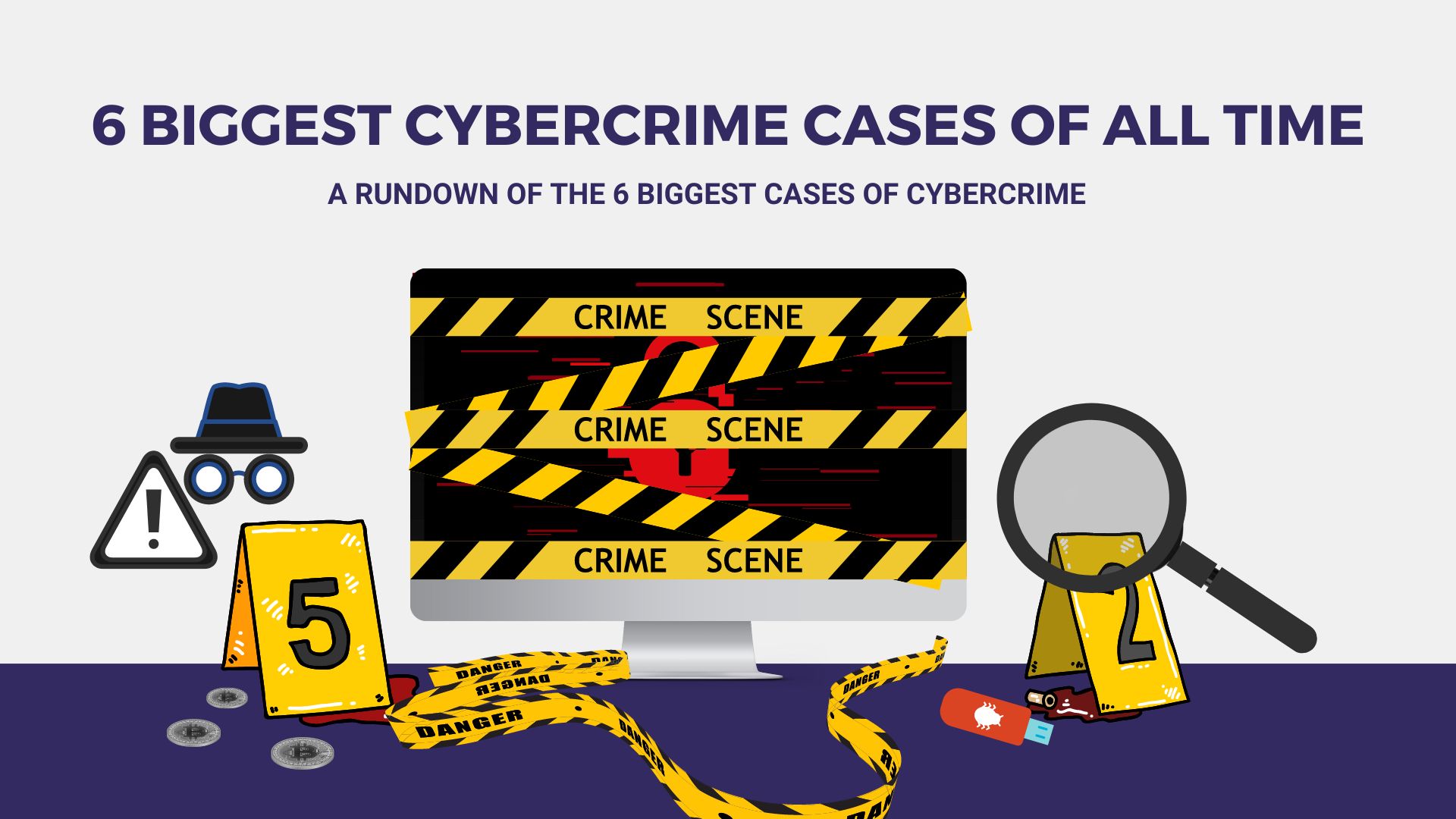October marks Cybersecurity Awareness Month—a time to reflect on the importance of staying vigilant in an increasingly digital world.

With cyber threats evolving at an alarming rate, organisations must take proactive steps to strengthen their defences and protect sensitive data.
For IT teams, this month is more than just a reminder—it’s an opportunity to assess security vulnerabilities, educate employees, and reinforce best practices that help prevent costly breaches. Cybersecurity isn’t just an IT concern; it’s a collective responsibility that impacts businesses, individuals, and the wider digital ecosystem.
In this article, we explore key actions IT teams can take to enhance their organisation’s security posture, backed by a real-world case study that highlights the critical importance of staying ahead of cyber threats.
Fortifying Your Digital Fortress: Essential Cybersecurity Strategies
In an increasingly interconnected digital world, cybersecurity has become a critical concern for organisations of all sizes. The following eight strategies form the cornerstone of a robust cybersecurity framework, designed to protect your valuable assets from ever-evolving threats.
1. Conduct a Comprehensive Risk Assessment
Begin by identifying potential vulnerabilities within your organisation's infrastructure. This involves evaluating hardware, software, and network systems to detect weaknesses that could be exploited by malicious actors. Regular risk assessments enable IT teams to prioritise remediation efforts and allocate resources effectively.
2. Update and Patch Systems Promptly
Outdated software and unpatched systems are prime targets for cyberattacks. Ensure all operating systems, applications, and security tools are updated regularly. Implementing automated patch management solutions can streamline this process, reducing the window of opportunity for potential exploits.
3. Strengthen Access Controls
Implement robust access management protocols to ensure that only authorised personnel have access to sensitive information. Utilise multi-factor authentication (MFA) to add an extra layer of security, making it more challenging for unauthorised users to gain access.
4. Educate and Train Employees
Human error remains a significant factor in many security breaches. Develop a comprehensive cybersecurity awareness programme that educates employees on recognising phishing attempts, practising safe browsing habits, and understanding the importance of strong passwords. Regular training sessions can reinforce these concepts and keep security top of mind.
5. Develop an Incident Response Plan
Preparation is key to mitigating the impact of a security breach. Establish a detailed incident response plan outlining the steps to be taken in the event of a cyber incident. This plan should include roles and responsibilities, communication protocols, and recovery procedures to ensure a swift and organised response.
6. Monitor Networks Continuously
Deploy advanced monitoring tools to keep a vigilant eye on network traffic and detect anomalies in real-time. Continuous monitoring allows for the early identification of potential threats, enabling IT teams to respond promptly and prevent escalation.
7. Backup Data Regularly
Regular data backups are essential to ensure business continuity in the event of a ransomware attack or data loss incident. Store backups in secure, offsite locations and test them periodically to confirm their integrity and effectiveness.
8. Engage in Threat Intelligence Sharing
Participate in information-sharing initiatives with other organisations and cybersecurity communities. Sharing threat intelligence can provide insights into emerging threats and effective defence strategies, enhancing your organisation's ability to anticipate and counteract attacks.
Case Study: The Equifax Data Breach
In 2017, Equifax, one of the largest credit reporting agencies, experienced a massive data breach that exposed sensitive information of 147 million people. The breach was attributed to a failure to patch a known vulnerability in a timely manner.
This incident had a profound impact on the technology and security landscape, highlighting the dangers of delayed system updates and inadequate cybersecurity measures. It led to stricter regulations, increased scrutiny on data protection practices, and a shift in how organisations approach risk management and vulnerability patching.
If you want to explore more real-world cybercrime cases and their impact, read our top content:
Staying One Step Ahead: The Takeaway from Cybersecurity Awareness Month
Cybersecurity Awareness Month is more than just a reminder—it’s a call to action for IT teams to fortify their organisation’s defences against ever-evolving cyber threats. By prioritising comprehensive risk assessments, enforcing strong access controls, educating employees, and maintaining vigilance through continuous monitoring and timely updates, organisations can build a resilient security posture. Real-world incidents, like the Equifax breach, serve as stark examples of the consequences of neglecting cybersecurity basics, underscoring the importance of ongoing diligence in safeguarding sensitive data.
Unlock Seamless Access & Robust Security with Overt Software Solutions
Specialising in federated access management, MFA, and cloud computing, Overt Software Solutions delivers tailored solutions for businesses and educational institutions worldwide. Contact us today to discover how we can help you achieve your goals with expert advice and exceptional support

